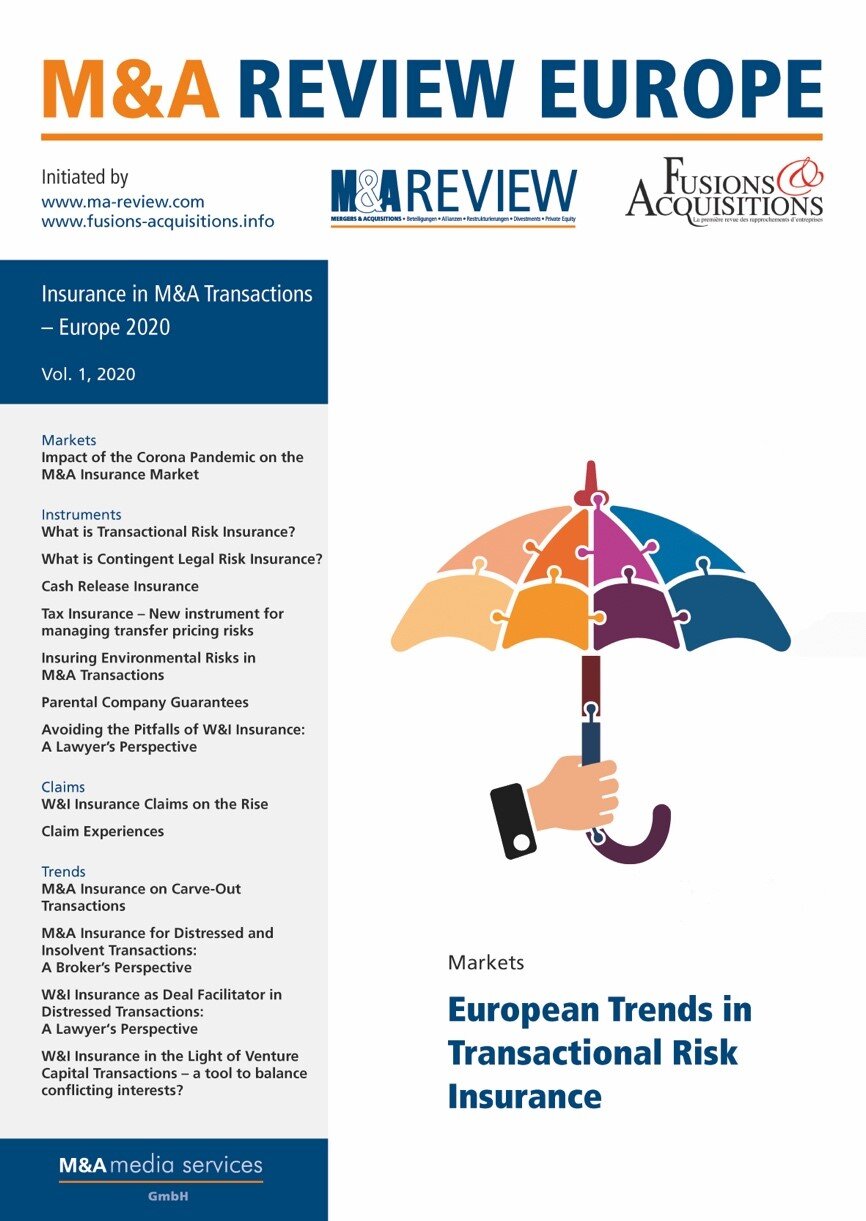Best Practices to effectively tackle revenue predictions in mergers and acquisitions
To proficiently address revenue forecasting within the context of mergers and acquisitions, a series of optimal methodologies are advocated. The following delineates five principal strategies:
1. Integrated Due Diligence - Execute an exhaustive due diligence process that amalgamates financial, operational, and market assessments to elucidate the target's revenue mechanisms and potential.
2. Outcome-Driven Strategy Development - Formulate strategies that are centered on anticipated outcomes, such as revenue augmentation or market penetration, and ensure their congruence with overarching business objectives.
3. Use of Advanced Forecasting Models - Utilize sophisticated forecasting methodologies, including Discounted Cash Flow (DCF), Comparable Company Analysis (CCA), and Monte Carlo simulations, to accurately project future revenue.
4. Scenario Planning and Sensitivity Analysis - Implement scenario planning and sensitivity analysis to evaluate how varying factors may influence revenue projections, thereby facilitating more resilient strategic planning.
5. Regular Engagement with Key Stakeholders - Sustain consistent dialogue with pivotal stakeholders, encompassing senior leadership and financial analysts, to guarantee alignment and address any apprehensions pertaining to revenue forecasts.
For further elucidation, resources such as Data predictions in M&A: predictions in merger integration may prove beneficial.
This relates to my new book “Automation of Mergers and Acquisitions“.









